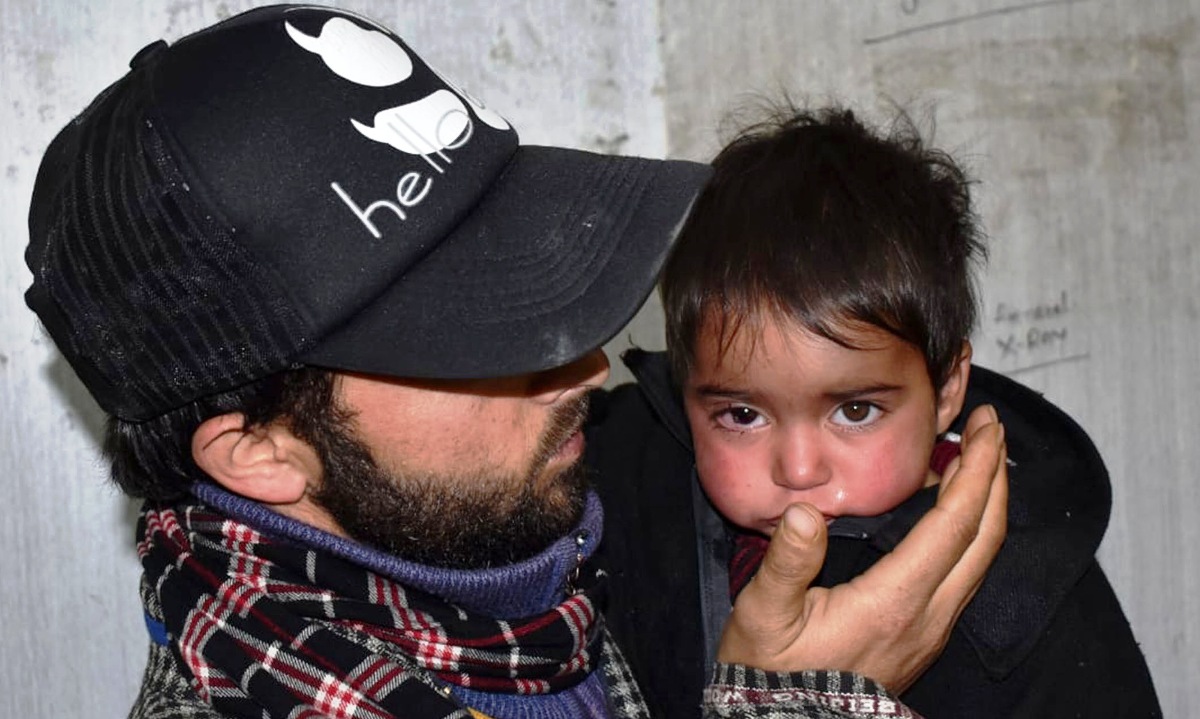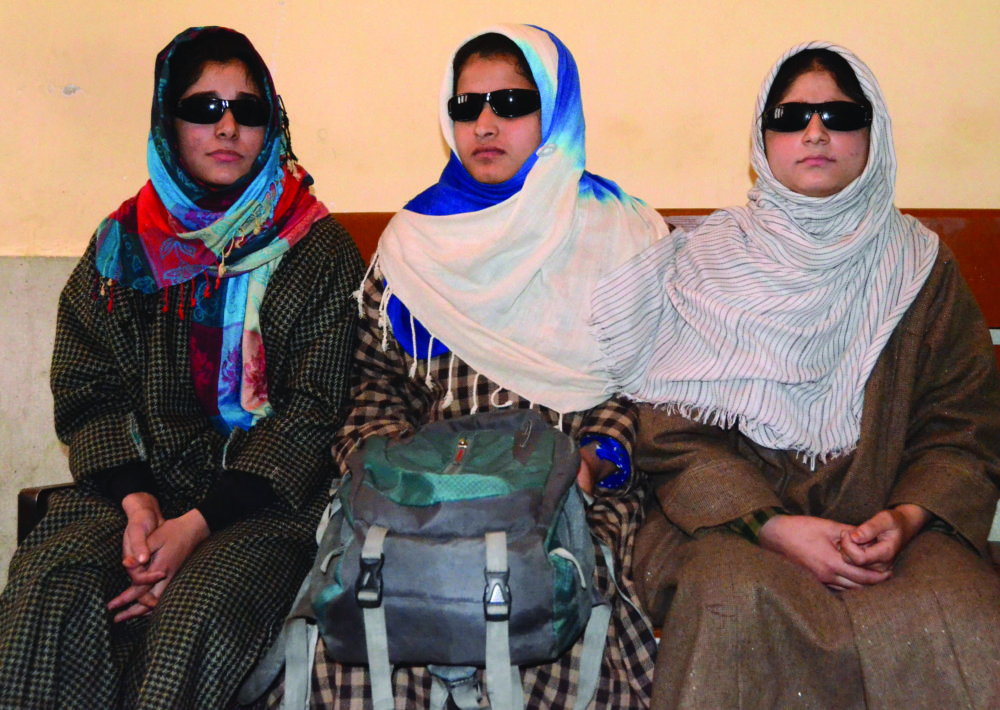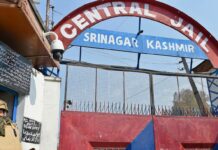As the Kashmir pellet victims are desperately trying to find some miracle cure that could enable them to have some kind of eyesight, the United Nations in its latest report on the children in conflict areas has strongly recommended the government to avoid using pellets, reports Ibtisam Fayaz Khan

Yet again, the United Nations has put on records its concern over the state of human rights in Jammu and Kashmir. In his annual report presented to General Assembly in May on Children and Armed Conflict, the Secretary-General has verified the recruitment and use of two boys by “unidentified perpetrators”. The report said it is reviewing reports of the “use of three boys by Indian security forces for less than 24 hours”.
The report includes information about the detention of four children by Indian security forces in Jammu and Kashmir for alleged association with armed groups.
“A total of 39 children (33 boys, 6 girls) were killed (9) and maimed (30) by pellet guns (11) and torture (2) by unidentified perpetrators (13) (including resulting from explosive remnants of war (7), crossfire between unidentified armed groups and Indian security forces (3), crossfire between unidentified armed groups, and grenade attacks (3), Indian security forces (13)), and crossfire and shelling across the line of control (13),” the report said. The report also verifies the use of seven schools by Indian security forces for four months.
On basis of the information, the world body has, the Secretary-General has recorded his concern over the “grave violations” in Kashmir.
“I remain concerned by grave violations against children in Jammu and Kashmir and call upon the Government to take preventive measures to protect children, including by ending the use of pellets against children, ensuring that children are not associated in any way to security forces, and endorsing the Safe Schools Declaration and the Vancouver Principles,” the reports quotes Antonio Guterres saying. “I am alarmed at the detention and torture of children and concerned by the military use of schools. I urge the Government to ensure that children are detained as a measure of last resort and for the shortest appropriate period of time and to prevent all forms of ill-treatment in detention. I also urge the Government to ensure the implementation of the Juvenile Justice (Care and Protection of Children) Act, 2015, to address the use of children for illegal activities and the situation of detained children.”

Kashmir saw the use of pellets in 2010 unrest and it continued in 2016 tensions as well. Around 1100 people were either partially or fully blinded by the use of shotguns, routinely used in bird hunting.
Though its use was termed to be an initiative to introduce a non-lethal weapon, civil liberty watchdog, the Human Rights Watch said that between July 2016 and February 2019, nearly 4952 people in Kashmir were severely injured by pellets. Of these, the HRW said 1459 sustained eye injuries, 139 were blinded and another 18 were killed.
In January 2018, the Jammu and Kashmir Government informed the State Legislative Assembly that between July 2016 and February 2017 more than 6000 people received pellet injuries, including 782 in their eyes.
At one point in time, the government admitted the crisis and even initiated the process of somehow helping the pellet injured, especially those rendered blind or half-blind. Some of the victims are still not able to fund some cure to their problems.
The case of Hiba Nisar is enigmatic. She was barely 18 months old when in 2018, she was hit by pellets while being in the lap of her mother in a Shopian village. So far, she has undergone three surgeries on her right eye. She was treated at the SMHS hospital but could not be helped to retain her eye. The family went to Amritsar but were asked to go back to Srinagar as the ophthalmologists at SMHS know the pellet management better.
“Now the doctors tell us that until and unless she does not explain her pain in words, they (doctors) cannot figure out where the problem lies,” Hiba’s father said. The baby is four and is always in pain and it goes beyond a threshold in winter. “We are waiting for her to start speaking and express her pain so that it can be treated.”
Many others are undergoing complex surgeries with the hope that they will regain some sight required for survival.
Ifra Shakoor, then 13, a resident of Rahmoo Pulwama, was hit by pellets in July 2016.
“Both my eyes were badly hit and I went through five surgeries so far. Even after that, one pellet is still in my eyes,” Irfa said. “I cannot see anything with my left eye and my right eye could regain only 40 per cent of its sight. The doctors say they would perform open surgery on my left eye to get the pellet, stuck behind my eye, out. That may help to bring some vision back to my left eye.”
She aimed to go to medical school but is a drop-out now. “My eyes would tear up all the time. I can’t go out in the sun. It burns my eyes and the pain is unbearable,” Irfa said.















